Ancient China
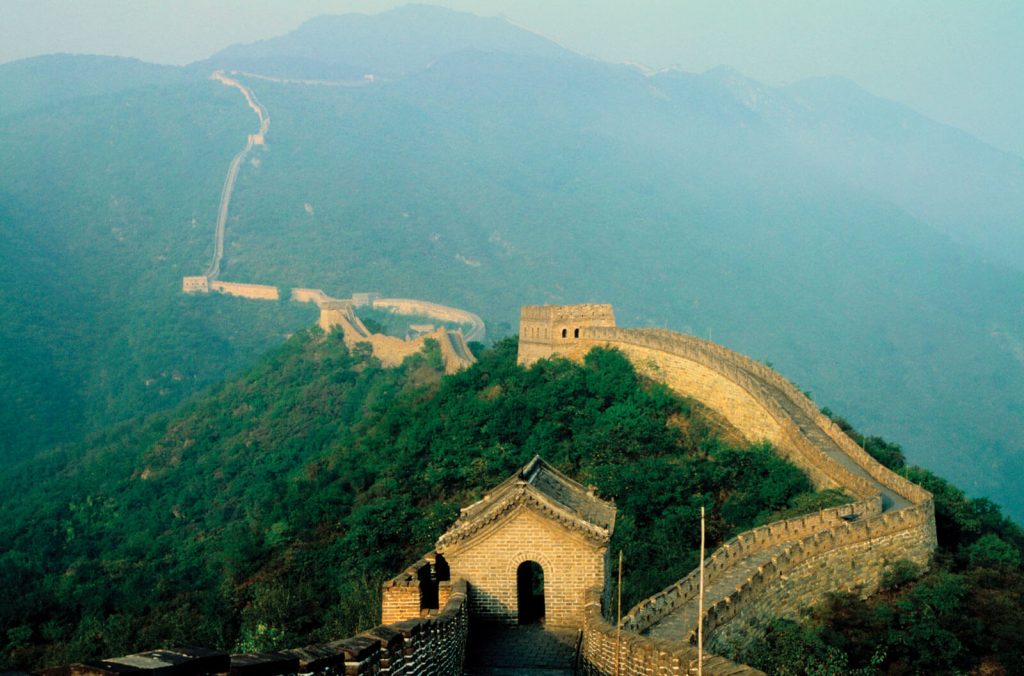
Ancient China is the parent to what has become one of the oldest existing cultures in the world. The country was famous amongst the Romans and the Greeks as ‘Seres’, which meant the land where silk comes from.

The name ‘China’ first appeared in print during 1516 CE in Barbosa’s writings that described his travels in the east. The famous Venetian (Italian) explorer Marco Polo familiarised China to Europe back in the 13th century CE by the name ‘Cathay’. In the Chinese script i.e Mandarin, the country is known as ‘Zhongguo’ which means ‘central state’ or ‘middle empire’.
Contents
Prehistory
Before the civilisation in China that we recognise today, the region was occupied by the great apes (hominids). Peking Man-which is a skull fossil discovered in 1927 CE near Beijing (the capital city of China) is said to be dated back to 7,00,000 to 2,00,000 years ago.
A similar find called Yuanmou Man found by archaeologists in 1965 CE, inhabited the land 1.7 million years ago. As proven by the evidence found, these early inhabitants knew how to use stone tools and fire.
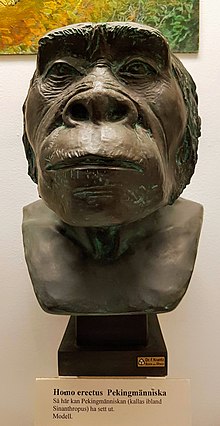
While it is commonly accepted that human beings originated in parts of Africa and then migrated to different parts of the world, China’s scholars in this field deny this theory.
They claim that there was a ‘regional evolution’ of men on earth, that is, human beings first appeared in many parts of the world and not just Africa alone. This topic often ignites debates between the Chinese members and the members of the international community.
The evidence provided by the Chinese show a very ancient lineage (direct descent from an ancestor) of hominids and human beings in China. One example is Banpo Village, which was inhabited between 4500 and 3750 BCE, had 45 houses with floors sunk into the ground for stability, a trench (pit) encircling the village to provide protection from attacks and man caves dug underground. The design of the village and the artefacts discovered there are argued to be belonging to an advanced culture at the time of its construction.
As if now, it is generally accepted that the Chinese civilisation originated from the Yellow River Valley, also called China’s Cradle of Civilisation, sometime around 5000 BCE. This theory is still disputed by the Chinese scholars.
The First Dynasties
Xia Dynasty
The first known dynasty was the prehistoric Xia Dynasty from c. 2070 BCE to 1600 BCE. Before the excavations in the 1960s and 1970s, this dynasty was taken more as a myth. The excavated items such as the bronze works and tombs pointed strongly towards the actual presence of this dynasty.
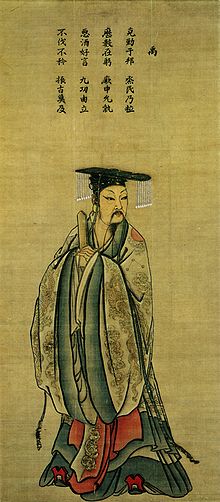
The dynasty was founded by Yu the Great. He was a very focussed and dedicated leader who worked to save his kingdom and its people during several events of danger. The most popular incident being when he provided relief during the flooding of the Yellow River that destroyed the formers’ crops. He also established the hereditary system of succession (the son of the king gets to become the next king) and the concept of dynasty.
The ruling class and the elite resided in urban areas while the poorer population including the peasants lived in rural areas. The power remained in the hands of the Xia Dynasty until their last ruler, Jie, was defeated by Tang who established the Shang Dynasty in 1600 BCE.
Shang Dynasty
Tang was a very important personage in the kingdom of Shang. Tang, during his rule, lowered taxes and stopped several extra projects that were initiated by Jie, which drained the wealth from the kingdom. His policies reflected his wisdom. Writing developed under his rule as well as craft, architecture and religion.
Religion & Customs
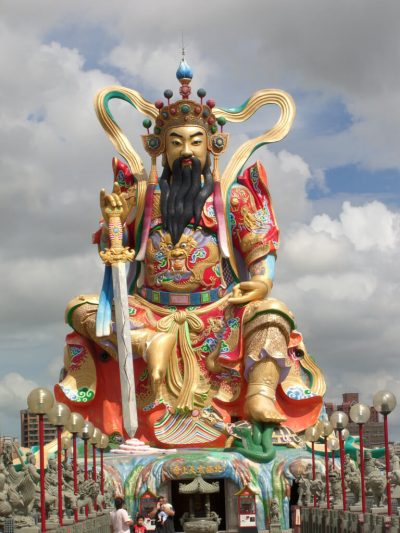
Under the Xia Dynasty, people worshipped many gods amongst which, Shangti was considered to be supreme. Shangti was considered the great ancestor who provided victory in war, agriculture and weather.
It was believed that after death, the person attained special powers and could be called upon for help in times of need. This led to highly defined rituals dedicated to please the spirts of the ancestors. These rituals included burials in grand tombs filled with goods that one could enjoy in afterlife.
It was also believed that the king was given, what was called, a Mandate from Heaven which meant that the king was selected particularly by the god of Heaven or Sky to rule on earth on his behalf. The king was given some powers by the god that he had to use to work for the benefit of his kingdom. If the king misused his powers, he would lose the right to rule.
The Zhou Dynasty
Around the year 1046 BCE, King Wu of the province of Zhou rebelled against the Shang king at that time and defeated him in the Battle of Muye. The rebel raised after the king of Shang misused his powers making the people believe that he no longer was interested in the good of the people of his kingdom as. In Chinese history, 1046-771 BCE is called to be the Western Zhou period and 771-256 BCE is called the Eastern Zhou Period.
It was believed that there could be only one legitimate (valid) ruler of China. Rule could be passed from the father to son but only if the child was provided with the necessary powers from the heaven to rule.
Under the Zhou, culture flourished and writings advanced. The famous Chinese philosophers and poets – Confucius, Tao Chien, Mencius, Mo Ti (Mot Zu), all come from the period under Zhou Dynasty in China.
The Warring States
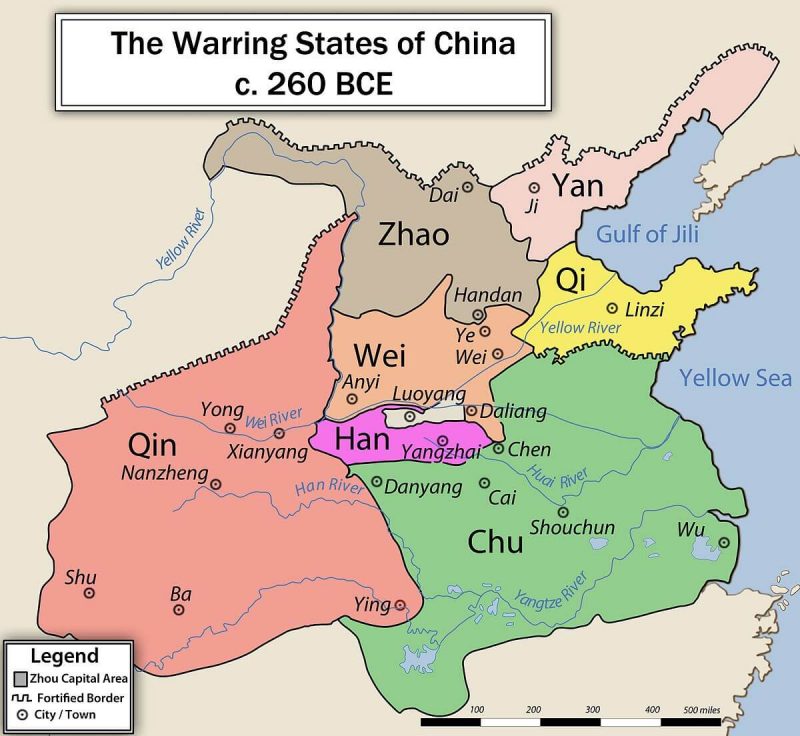
During c. 772-476 BCE, the Zhou government moved to the new capital at Luoyang, making the end of the ‘Western Zhou’ period and beginning of the ‘Eastern Zhou’.
At the same time, different states were breaking away from the central rule. This led to the so-called Warring States Period (c. 481-221 BCE) in which seven states (Chu, Han, Qi, Qin, Wei, Yan, and Zhou) fought each other for control.
With an army of considerable size using iron weapons and driving chariots, Ying Zheng emerged from the Warring States conflict, as the supreme leader in 221 BCE, subduing and unifying the other six states under his rule and declaring himself Shi Huangdi -which means ‘First Emperor’ – of China.
The Qin Dynasty
Shi Huangdi established the Qin Dynasty (221-206 BCE), also known as the Imperial Era in China. He ordered to break the walled fortification that was built to separate the seven states and built a great wall along the northern border of his empire. Though only little remains of this wall remain today, the Great Wall of China was begun under his rule. The ruler also developed the infrastructure through roads which increased the trade due to ease of travel. He also expanded the boundaries of his empire and was a fair and just ruler.
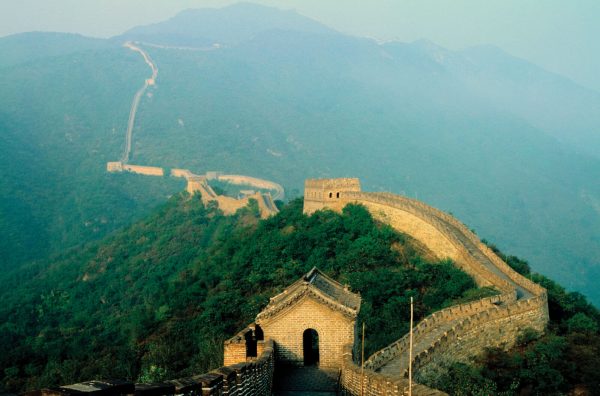
While he did great work in the development of his kingdom, he had very harsh domestic policies, such as his act of suppression of general freedom of speech, made him unpopular. Scholars say that he was over-obsessed with death and was very alert about his personal safety and desire to gain immortality (the ability to live forever).
His desire to get an afterlife as good as his present led him to build a palace for his tomb and an army of over 8,000 terracotta (a type of fired clay, typically of a brownish-red colour, used in modelling)warriors created to serve him in his afterlife. The army which was buried with him also included terracotta chariots (two-wheeled vehicle drawn by horses), cavalry, a commander in chief (army officer), etc.
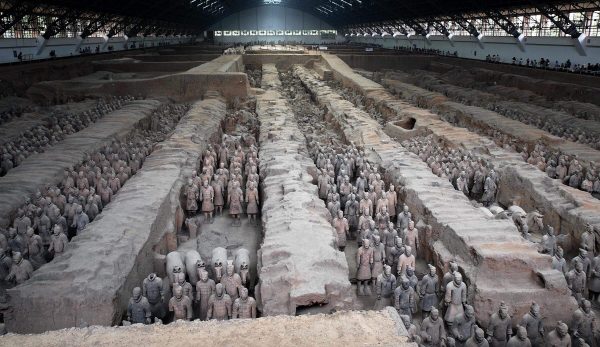
Shortly after the death of Shu Huangdi, the Qin Dynasty collapsed due to the questionable practices of his succession.
The Qin Dynasty was the first and the shortest imperial dynasty in China.
Liu Bang, a peasant leader, overthrew the unpopular Qin regime and established the Han Dynasty.
The Han Dynasty (206 BCE- 220 AD)
The Han dynasty was the longest-serving dynasty. It is well known for starting the Silk Road trade and connecting China with Central Asia and Europe. Confucianism (a system of teaching/thinking founded by Confucius) was adopted by the state during this time, for national governance. Agriculture, handicrafts and commerce developed rapidly too.
The reign of Emperor Wudi ( 140 – 87 BCE) is said to be the one in which the empire prospered the most.
China’s Dark Ages (220 – 581)
When the Han dynasty declined, it let to the Three Kingdom Period (violent period in the Chinese which saw division of China among the states of Wei, Shu, and Wu).
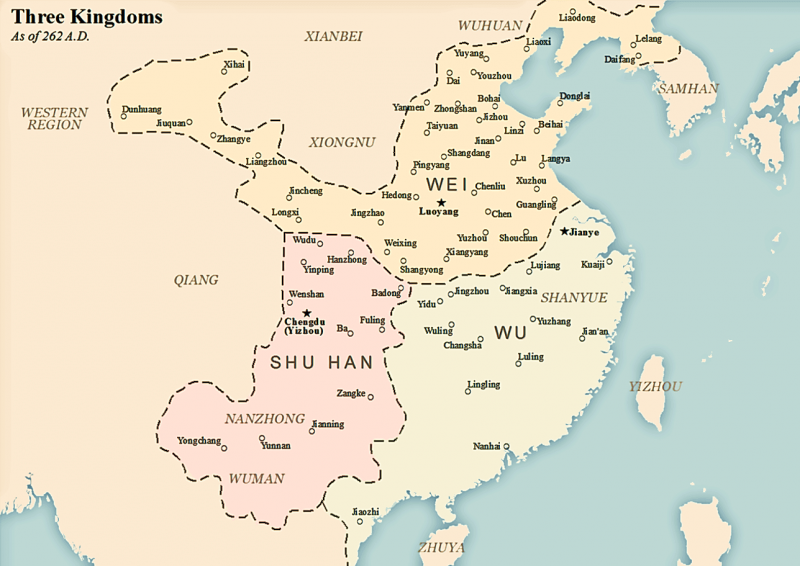
After this period, came the Jin Dynasty which conquered most of China.
Its hold on power was very weak, however, and China again broke, this time into the Southern and Northern Dynasties (420–589).
During this messy time, many religions emerged and Buddhism was popular among the kingdoms in North China.
After almost 400 years of chaos ended, the Sui Dynasty eventually unified China again in 581 AD.
Thus began the medieval period in the history of the country.

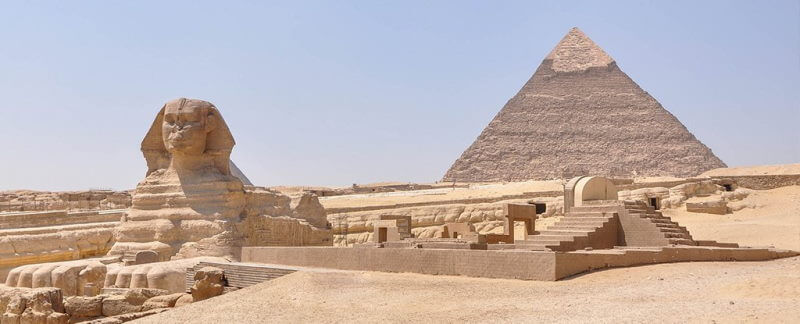
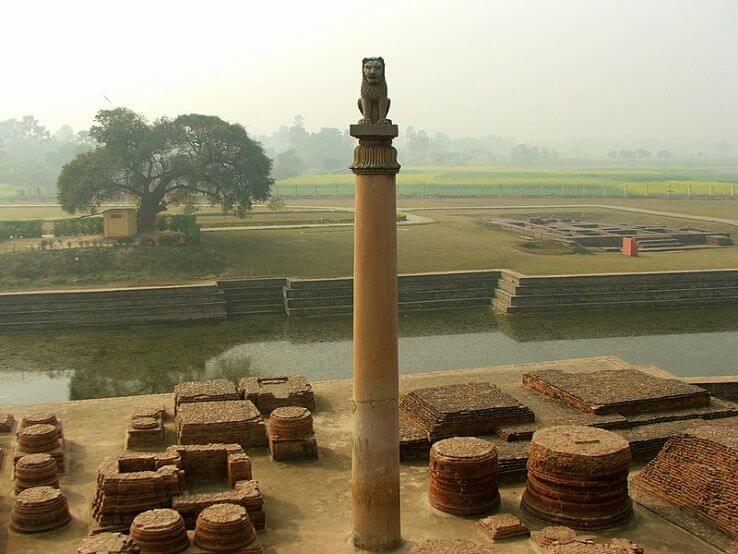


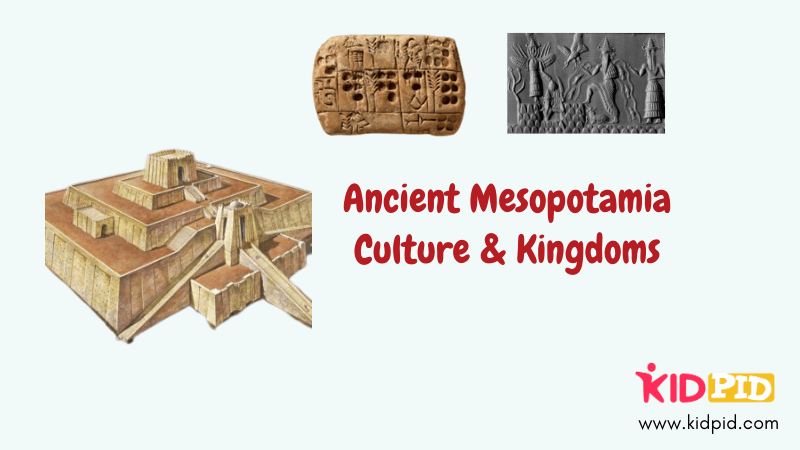
Responses